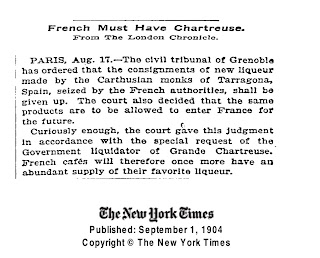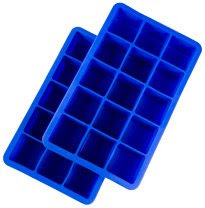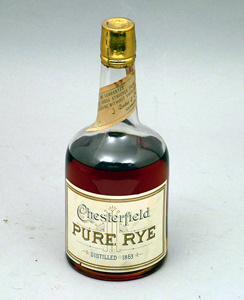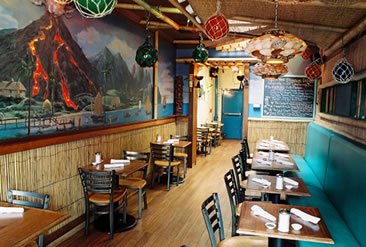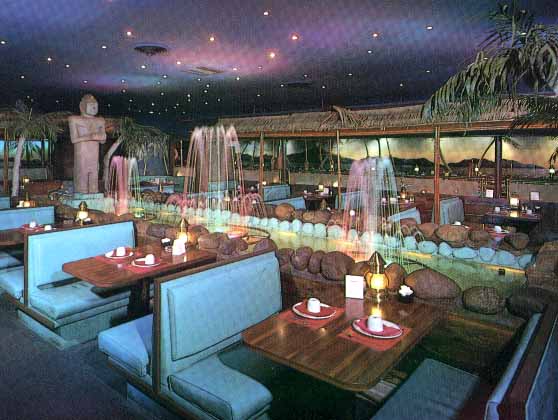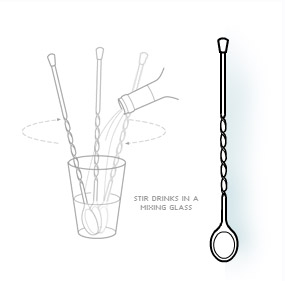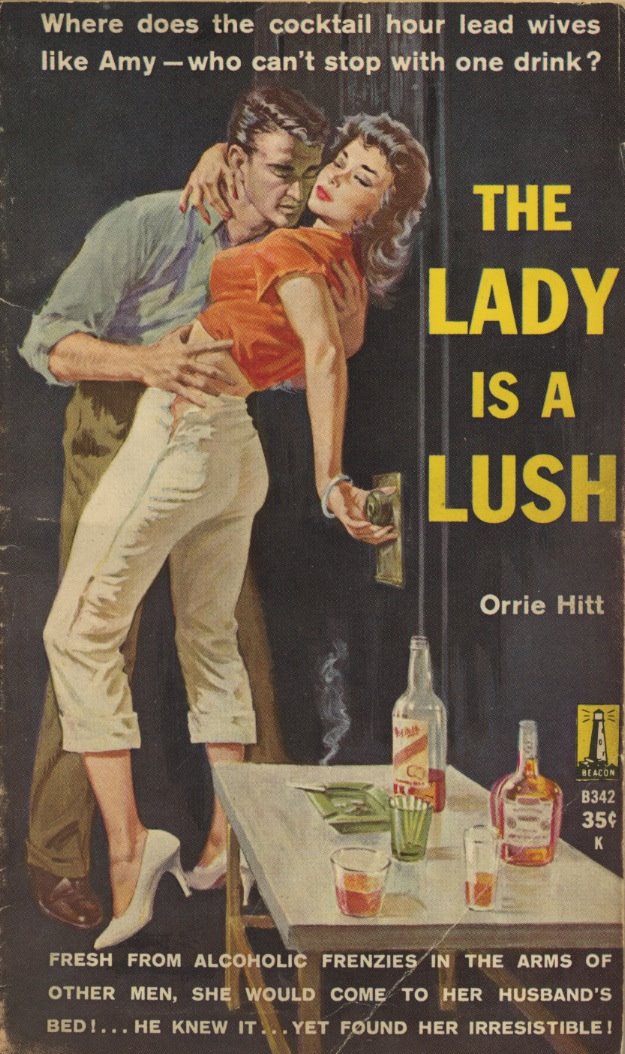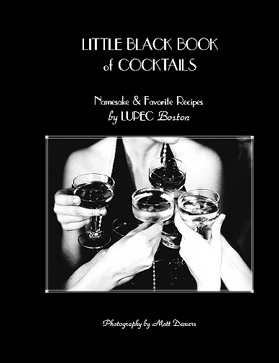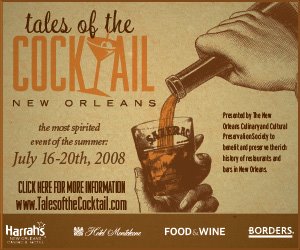The LUPEC Boston “USO SHOW”
Friday, November 21, 7-11 p.m.
at the Jorge Hernandez Cultural Center
On November 21 the Boston chapter of LUPEC (Ladies United for the Preservation of Endangered Cocktails) will transform the Jorge Hernandez Cultural Center into a swinging 1940's-themed cocktail party featuring retro-libations, live entertainment, dancing, delicious canapés, a prize raffle, and a USO-style variety show. It's a coed event, and all are welcome. This is our second annual large-scale fundraising event and was created to benefit women at The New England Shelter for Homeless Veterans (NESHV). Tickets are $35 in advance/ $45 at the door, and can be purchased at Toro and Tremont 647 in the South End, Grand in Somerville, or online at grandthestore.com.
The LUPEC BOSTON USO SHOW is one component of our annual fall fundraising program, which raised over $10,000 for Jane Doe Inc. last year. Starting November 1, LUPEC Boston will partner with local bars and restaurants to offer a month-long “THIS ONE’S FOR THE LADIES” drink promotion, where participants donate proceeds from one LUPEC Boston-approved beverage to women at NESHV. Restaurant partners include Toro, Tremont 647, La Verdad, Eastern Standard, Rendezvous, Highland Kitchen, Flora, The Milky Way, and more. (For a full list, click here.) Proceeds from sales our recently reprinted cocktail book, THE LITTLE BLACK BOOK OF COCKTAILS, will also benefit the NESHV this fall.
The New England Shelter for Homeless Veterans is a private, non-profit organization with a mission to extend a helping hand to homeless men and women veterans who are addressing the
challenges of addiction, trauma, severe and persistent mental illness, and/or unemployment, and who will commit themselves to sobriety, non-violence, and working for personal change. They are recognized as one of the most effective private veteran's transition programs in the country. Learn more at www.neshv.org.
The LUPEC BOSTON USO SHOW will pay tribute to the 1940’s theme with of-the-era cocktails, a complimentary swing dance lesson, and a USO-style variety show emceed by Cathleen Carr and Daiva Deupree of the critically acclaimed New York-based sketch comedy burlesque Two Girls for Five Bucks. The show will feature acts by Thru the Keyhole Burlesque, Boston-based actor, improviser and stand-up comedian Harry Gordon as Bob Hope, and DJ Brother Cleve, a Boston institution, will spin ‘40s-era swing music throughout the evening. Vintage dress and creative cocktail attire is encouraged.
This event will take place at the Jorge Hernandez Cultural Center [85 W. Newton St., South End, Boston], with generous support from sponsors St-Germain, Hendricks, Cruzan, Milagro, Sazerac, Chartreuse, Mathilde Liqueurs, Harpoon, and SmartWater.
DETAILS:
The LUPEC BOSTON USO SHOW will begin at 7 p.m. on Friday, November 21. Tickets are one sale now. Ticket price is $35 in advance/ $45 at the door and will include cocktail party fare, a variety show, dancing, and four drink tickets, with additional beverages available for purchase.
Light cocktail party fare will be provided for the evening by Toro, Tremont 647, and Lionette's Market, Island Creek Oysters will be on hand shucking their acclaimed “Duxbury Pearls”, and The Boston Derby Dames will skate around with sweets provided by Taza Chocolates.
The USO-style variety show will be emceed by Cathleen Carr and Daiva Deupree of Two Girls for Five Bucks and feature Boston-based actor, improviser and stand-up comedian Harry Gordon, and Thru the Keyhole Burlesque. DJ Brother Cleve will spin ‘40s-era swing music between live acts. Vintage dress and creative cocktail attire is encouraged.
A prize raffle will feature gift certificates donated from Toro, Tremont 647, Myers + Chang, La Verdad, East Coast Grill, Taza Chocolates, Polka Dog Bakery, Vee Vee, Flour Bakery + Cafe, ZipCar, Hollywood Express, A Brix Six Gift Pack from Brix Wine Shop, tickets to the Improv Asylum and Swing City a St-Germain gift basket, a one-year subscription to Imbibe magazine and more.
All proceeds from the LUPEC BOSTON USO SHOW will benefit women at The New England Shelter for Homeless Veterans.
- Ticket price is $35 in advance/ $45 at the door including cocktail party fare and four drink tickets, with additional beverages available for purchase.
- Tickets are on sale now and can be purchased at:
- Toro, 1704 Washington St., Boston, MA
- Tremont 647, 647 Tremont St. Boston, MA
- Grand, 374 Somerville Ave., Somerville, MA
- Online at grandthestore.com [service charges will apply]
The New England Shelter for Homeless Veterans is a private, non-profit organization with a mission to extend a helping hand to homeless men and women veterans who are addressing the challenges of addiction, trauma, severe and persistent mental illness, and/or unemployment, and who will commit themselves to sobriety, non-violence, and working for personal change. They are recognized as one of the most effective private veteran's transition programs in the country. Learn more at www.neshv.org.





